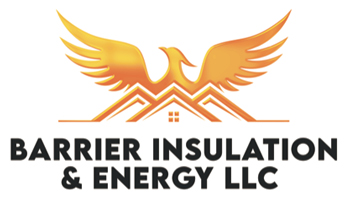Interior Wall Insulation
In the average home, over 30 % of heat gets lost because of poor insulation. This is not only a quality of life issue, but it can also be very costly in the lon run
When making sure our walls are well insulated, we´ll guarantee ourselves and our loved ones a more comfortable life, while saving money by being as efficient as possible with heating.
Using blown-in fiberglass to insulate your home is a very cost-effective choice, particularly since you can most likely do it yourself without great difficulty.
Fiber glass insulation provides a very thorough blanket of foam to cover the surfaces in need of insulating, and therefore it really proves effective when it comes to stopping any air from coming through. The fact that it is quite cheap and fast to install (as opposed to batts or panels) make it a very useful option to keep in mind.
There are lots of other advantages to using fiberglass foam include the added longevity it can give to your roof and its shingles, by conditioning better the attic space; also, foam is the superior insulation technique when it comes to covering any cavities and spaces that need a precise covering. and it´s very useful for covering small gaps that may be left in a surface. It can even help reduce the infiltration of moisture in the home, which is a great benefit for general comfort and health. Additionally to the most common blown-in insulation material (fiberglass) there are other alternatives worth mentioning as well: namely, cellulose (much appreciated for its cost-effectiveness and extremely high R value, as well as for being often made of recyclable materials) and rock wool fiber (much more expensive, but provides excellent sound insulation as well, and is also noncombustible and a pest repellent in itself.) Fiberglass has become a staple in home building and improvement for centuries now. It is one of the most commonly used insulation materials, and indeed can be found in many homes across the world as such. There is much debate about the negative health effects of being surrounded by, and exposed to, fiberglass. But it is generally agreed upon that, when disturbed, fiberglass can release tiny particles into the air that can then get inhaled accidentally. To avoid this from happening, it´s important to make sure that you are properly equipped and covered when disturbing the fiberglass insulation, including using a respirator with a proper filter. Also, dampening the area before accessing it will help prevent any particles from becoming airborne. For those interested in safer alternatives to fiberglass, cellulose should be the go-to material. It has no known health hazards, and is a very ecological, cost-effective and practical way of insulating surfaces.
A less well-known option that is increasingly getting attention is using foil to insulate. Aluminum foil is actually a great insulator since it prevents heat from radiating by causing it to reflect back towards its source. Since it actually sends the heat radiation back to where it came from, it is in many ways more effective than other materials, which merely slow down the passing of the heat from one side to another. The porous nature of stone wool as an insulation material makes it well suited for trapping the air passing in between, thus preventing it from passing. It is also a great choice for those who wish to also insulate themselves effectively from noise.
Schedule Your Insulation Services Today!
Whether you are building a new house, or just need to remove the old insulation and install a newer more energy efficient option Barrier Insulation is Phoenix’s first choice in home and commercial insulation. We proudly provide the valley’s more comprehensive insulation service that helps you stay more comfortable and save on energy. Click here to schedule on our website, or just give us a call at 602-499-2922.

